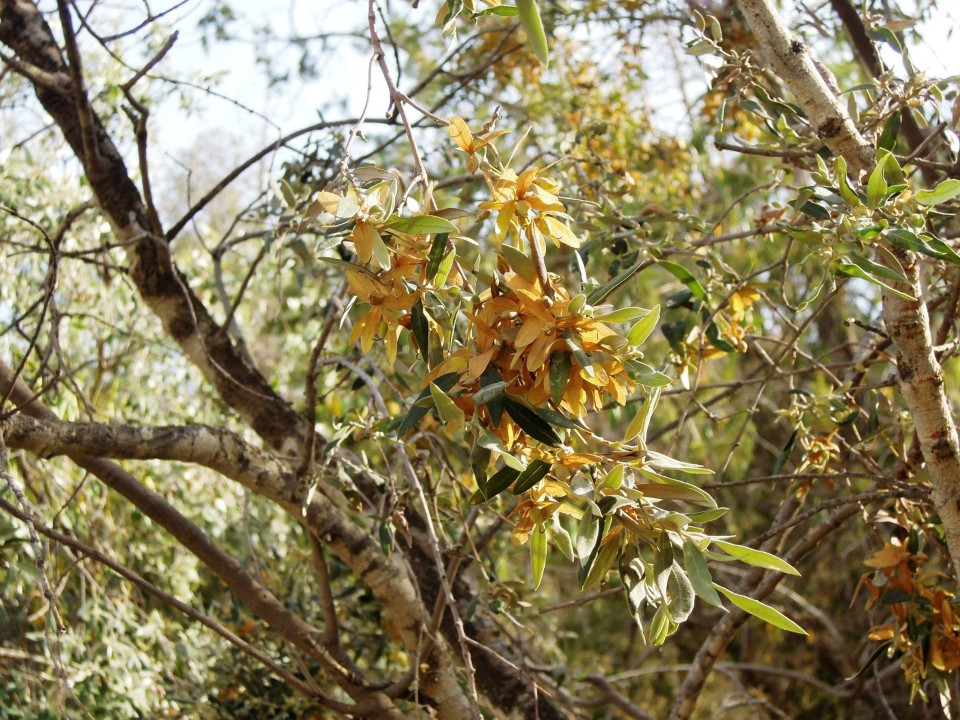
Barbeya oleoides leaves extracts: A little known medicinal plant and some interesiting findings
Investigating lesser known medicinal plants for potential bioactivity remains and exciting task in the field of ethnopharmacology. This is particularly exciting if one investigates a monotypic family and genus. Here we took a close look at a plant from Saudi Arabia, with some potential in treating diabetes. Simple and robust bioassays are needed and one of the important outcomes of this study is not only the investigation of the biological activity of a leaf extract of this plant, and the identification of actives, but also the limitations of this research since the activity seems to be linked to more non-specific aggregation effects. So, we carefully need to assess what these data can tell us in terms of developing new medicines
Specifically, this study investigates the in vitro inhibitory potential of different solvent extracts of leaves of Barbeya oleoides Schweinf. (Barbeyaceae) on key enzymes related to type 2 diabetes mellitus (α-glucosidase and α-amylase) in combination with an aggregation assay (using 0.01% Triton X-100 detergent) to assess the specificity of action. The methanol extract was the most active in inhibiting α-glucosidase and α-amylase, with IC50 values of 6.67 ± 0.30 and 25.62 ± 4.12 µg/mL, respectively. However, these activities were significantly attenuated in the presence of 0.01% Triton X-100. The chemical analysis of the methanol extract was conducted utilizing a dereplication approach combing LC-ESI-MS/MS and database searching. The chemical analysis detected twenty-seven major peaks in the negative ion mode, and 24 phenolic compounds, predominantly tannins and flavonol glycosides derivatives, were tentatively identified. Our data indicated that the enzyme inhibitory activity is probably due to aggregation-based inhibition, perhaps linked to polyphenols. So, the wider message is: We also need to recognise the limitations of some of the findings and outcomes of our research.
We are very happy that this paper also is included in a special issue dedicated to Professor Søren Brøgger Christensen (Copenhagen), a great colleague who has supported the field of medicinal plant research over decades.
Khojah AA, Padilla-González GF, Bader A, Simmonds MJS, Munday M, Heinrich M. Barbeya oleoides Leaves Extracts: In Vitro Carbohydrate Digestive Enzymes Inhibition and Phytochemical Characterization. Molecules. 2021; 26(20):6229. https://doi.org/10.3390/molecules26206229
Dir. CERFIT - Centro di Ricerca e Innovazione in Fitoterapia, Azienda Ospedaliero Universitaria Careggi, Università degli Studi di Firenze
2y👍
Associate Professor, Department of Natural Products & Alternative Med, Faculty of Pharmacy, King Abdulaziz University
2yCongrats Alaa Khojah Michael Heinrich